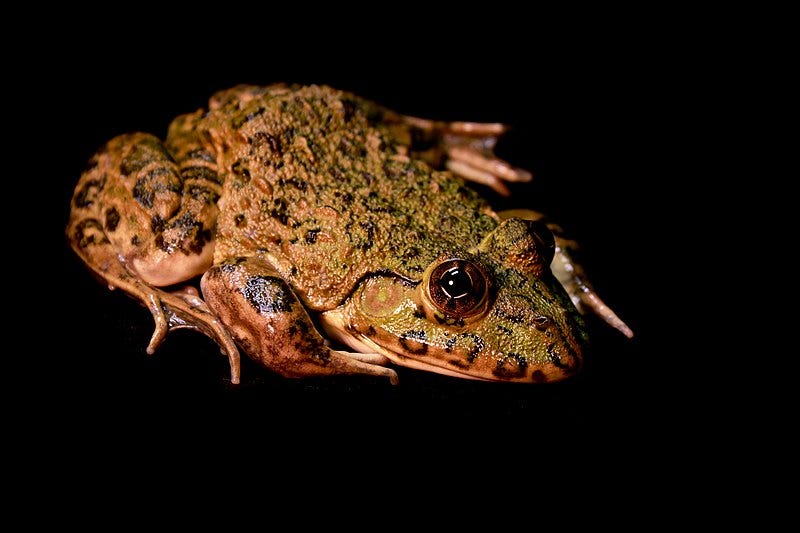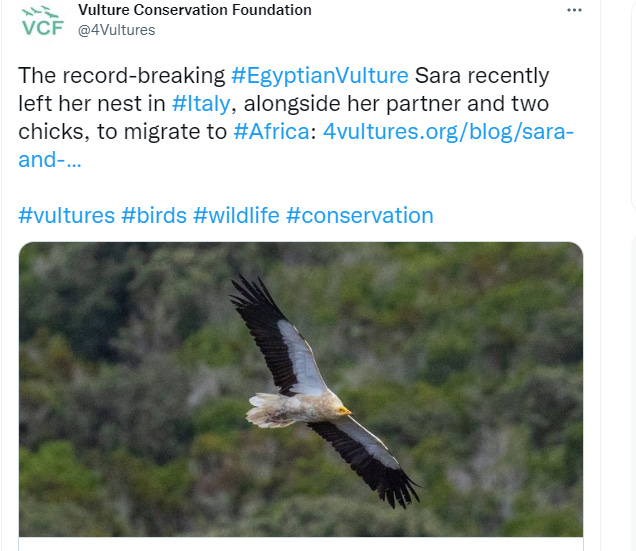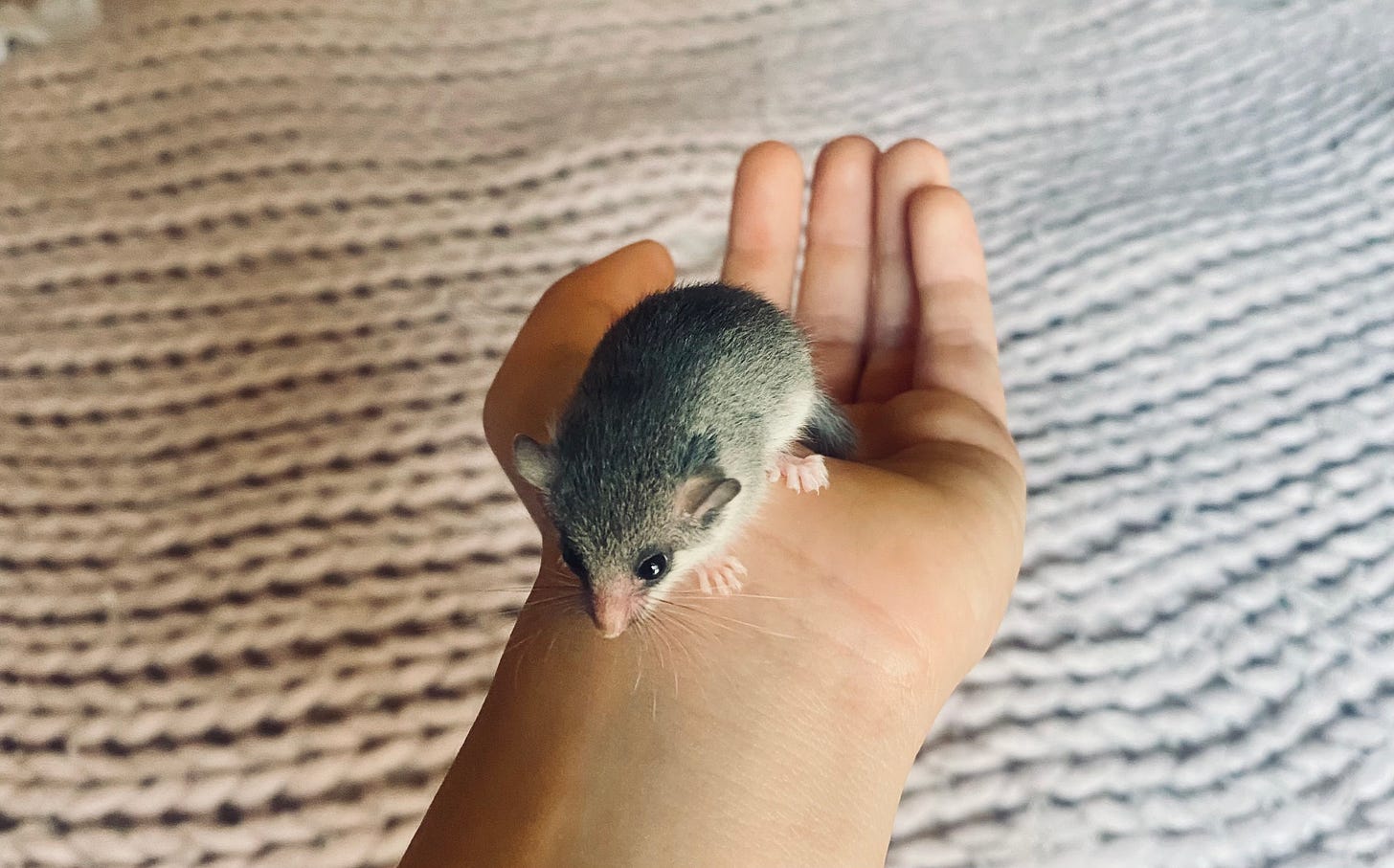Frog meat markets + Tree leaf skincare + Egyptian vultures + Rwenzori + Dormice Diary
Frogs account for 82% of carcasses in food markets in northern Ghana
Three frog species account for 82% of the carcasses found on markets in northern Ghana, according to a new study into the bushmeat trade there. The three are the edible bullfrog, the Dakar grassland frog and the African groove-crowned frog.
“Conversations with traders revealed that those who sold frog meat made a substantial profit despite its low price, probably because of frogs being relatively low-cost and easy to harvest by hand,” says the study published in Oryx.
All three harvested species are considered to be of “least concern” by the IUCN, which maintains a Red List of threatened species. But, despite this status, numbers of edible bullfrogs are known to be declining in the wild. Management actions are needed, the authors warn.
“It would be useful to explore the potential for captive breeding of frogs to provide affordable protein.”
The meat of larger animals, including buffalo, olive baboons, near-threatened pata monkeys and roan antelope (all of whose numbers are declining in the wild) is also harvested and sold on the markets, including to buyers supplying southern Ghana.
The African groove-crowned frog, Pic credit: Brian Gratwicke, Wikimedia Commons
Silver cluster-leaf tree promotes livelihoods in rural Namibia
The Namibian Nature Foundation, a conservation group, has published a manual to promote the sustainable harvesting of leaves from the silver cluster-leaf tree, or muhonono.
It’s a small to medium-sized deciduous tree from the terminalia family that grows in the north-east of the country.
Traditionally, extracts from the tree were used to cure ailments: coughs, pneumonia, skin diseases and more. Now its leaves are used in the modern cosmetics industry – to create anti-ageing skin creams.
The NNF cautions that not more than 30% of a single tree’s leaves should be harvested. It says this should be done between September, when the first flush of new leaves emerge at the start of the southern African Spring, through December.
“The harvesting of leaves needs to be sustainable to ensure the tree is there for future generations,” the manual says.

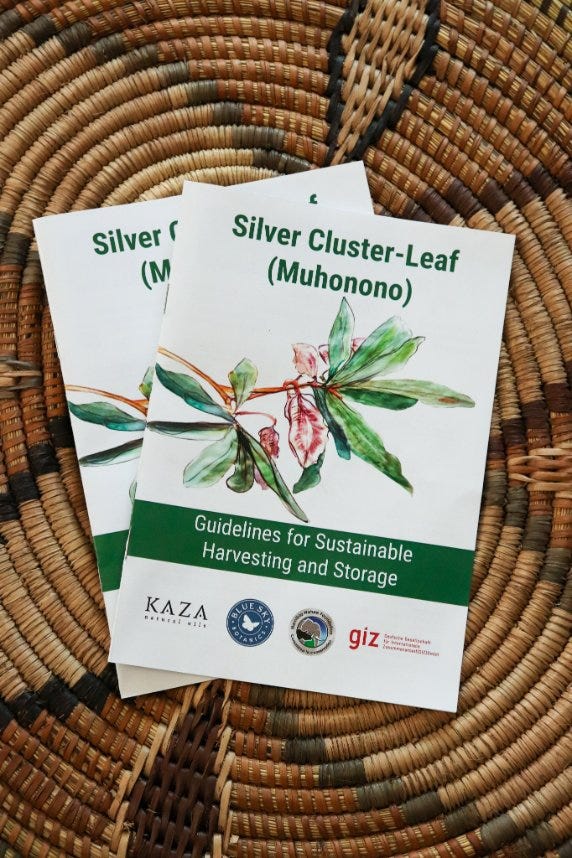
First wild-born chicks for endangered, captive-bred vulture
For the first time, a captive-bred Egyptian vulture has successfully raised chicks in the wild in Europe.
Sara, as she’s known, was hatched at Italy’s Endangered Raptors Centre and released in 2015. Before she was released her handlers attached a solar-powered GPS tracker to her.
On her first flight to Africa in 2015 she covered nearly 4,000 kilometers (2,500 miles) and reached the West African country of Niger. She spent four years there before returning to Italy. She has migrated to and from Niger ever since.
Last year Sara returned with a mate in tow. The pair produced their first two chicks at a nest in the Basilicata region of southern Italy. The family likely accompanied Sara to Niger again in September.
It’s hoped that when she returns to Italy in the European Spring, she and her mate will produce a second brood of chicks.
Egyptian vultures are critically-endangered. Sara’s story shows that captive breeding and release programmes “can support the conservation of Egyptian Vultures in the long term,” says the Vulture Conservation Foundation.
Melting Mountains of the Moon
The Rwenzori Mountains straddle the border between Uganda and the Democratic Republic of Congo, in East Africa.
Climate change appears to be robbing the so-called Mountains of the Moon of one of their most prominent features: snow-capped peaks.
Ugandan entomologist Perpetra Akite has carried out scientific surveys in the area. Writing on Twitter last week, she said: “Seeing how much of the peaks of Rwenzori Mountain are now devoid of any snow is worrisome especially when people still think there is no climate change.”

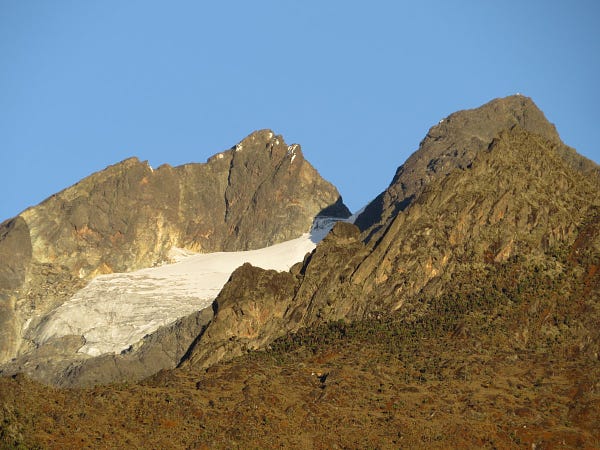
Dormice Diary
We weaned the orphans this week.
Initially we thought they were woodland dormice, but given their diminutive size, we now think that they are lesser savanna dormice. They’re flourishing on solid food. Blueberries, apple slices and peanuts diced into tiny squares that they hold in their equally tiny front paws.
They feed while sitting in the palms of our hands: our 10-year-old’s, or mine when she’s at school.
When they’ve had their fill, they race up our arms, up onto our shoulders, and round the backs of our collars.
She’s created a playground for them inside the plastic crate that is now their home: toilet roll cores to crawl through, and wooden sticks to climb up.
It’s less than three weeks since we found them blind and helpless after their mother was killed by a cat. They fell from the rafters of our roof, where many generations have been raised before.
Soon these two orphans will be ready to return to the wild.
PS: As a child I used to raise orphaned birds. My father returned birds of prey to the wild. Glad our daughter can enjoy something similar.
Dude the dormouse, Pic credit: CJ Truscott



